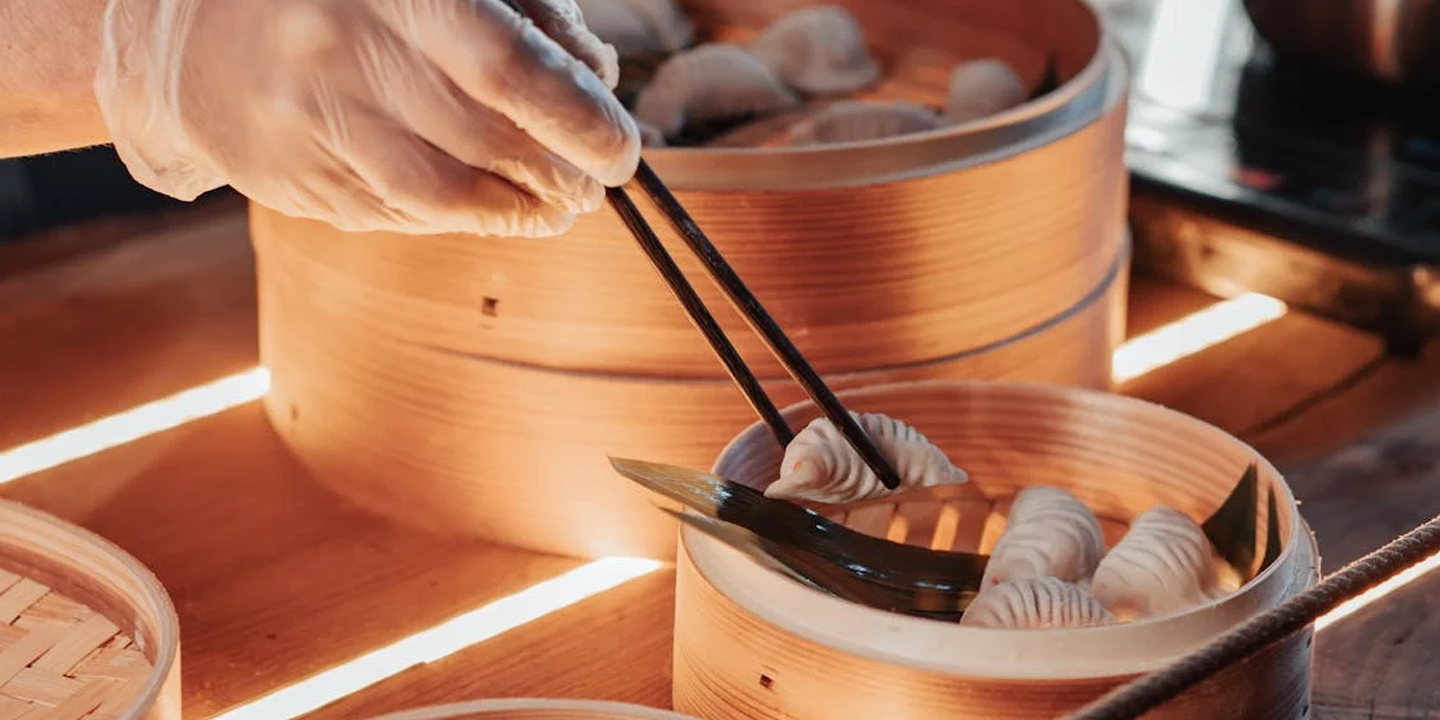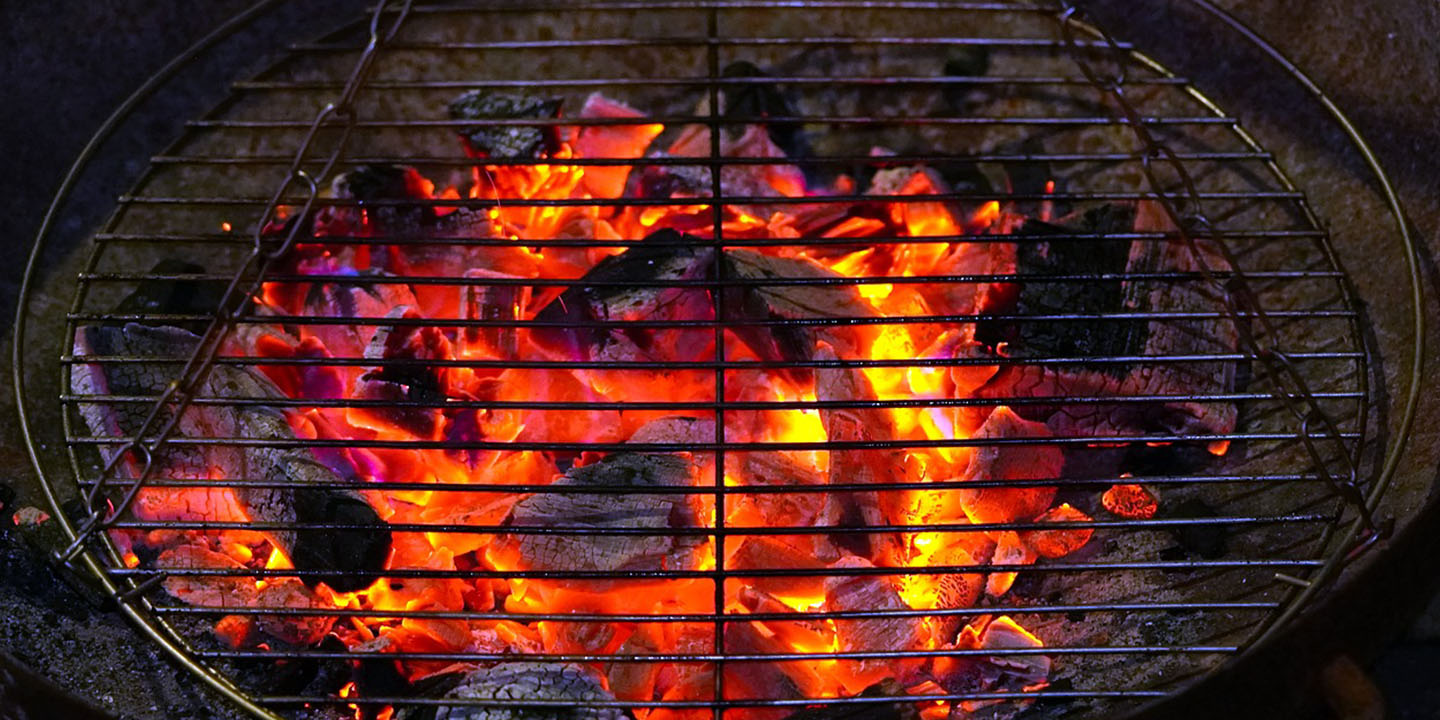There's something irresistible about pasta. It can be as simple as boiling store-bought spaghetti or as ambitious as hand-rolling ravioli filled with ricotta and prosciutto. It spans every price point, yet even a box of grocery-store penne carries a whisper of sophistication. As we twirl it around our forks, we can't help imagining ourselves on some sun-drenched terrace in Rome. And yet, despite pasta's forgiving nature, we still manage to turn it into a gluey, flavorless pile that tastes like regret. The good news is that five simple fixes stand between you and perfect pasta every time.
Ditch the Tiny Pot
You know that small pot you reach for because the water boils faster? Well, it’s sabotaging you. Pasta needs room to move—to swim. If you try to cram it into a small pot, you’ll risk it clumping into one giant starch brick. Even if you’re only cooking for two, use the biggest pot you own, fill it at least three-quarters full, crank the heat, and let the water build to a rolling boil. The noodles will have space to move around, cooking evenly. Trust us, the difference is night and day.
Salt It Like the Sea
The reason restaurant pasta tastes good even before the sauce is added is not because their noodles are better than the ones at your disposal. The reason is that they salt their water. When the water tastes like the Mediterranean (yes, really that salty), the pasta gets seasoned from the inside out. Skip the polite pinch and toss in a handful instead. The rule of thumb is to add one generous palmful of kosher salt per gallon of water. If the water doesn’t legitimately taste like it was doled out of a saltwater aquarium, keep going.
Quit the Oil Nonsense
Your grandma told you to add oil to water so it wouldn’t stick. Well, sadly, grandma was wrong. Oil floats atop the surface of the water and does absolutely nothing to prevent sticking. When you’ve drained your pot, the oil coats your pasta and keeps your gorgeous sauce from adhering properly. The proper way to prevent sticking is to stir the first minute after you dump the pasta into the boiling water. That’s it, really. Save the olive oil for finishing the dish, where it actually belongs.
Never Rinse the Pasta
Rinsing is for rice, not pasta. You pour that starchy, flavorful water down the drain and then wonder why your sauce won’t stick. The starch on the surface of your pasta is liquid glue for sauce. The only time rinsing is acceptable is if you’re making cold pasta salad, and even then, you’re pushing the limits. Never rinse hot pasta, ever.
Finish It in the Sauce
Here’s the real cheat code: stop cooking the pasta all the way in the pot. Pull it out one or two minutes early while it’s still firmly al dente and toss it straight into the sauce that’s bubbling in a wide pan. Add a ladle of that precious pasta water for a silky finish. Let it finish cooking there, drinking up flavor, while the sauce thickens and emulsifies. Keep it cooking for an extra thirty seconds to a minute, tossing constantly. This final detail is how you get that glossy, restaurant-perfect coat at home.
Implementing these five simple changes will transform your pasta from being “fine” into something you actually crave. Now go salt some water like you mean it.
KEEP ON READING










